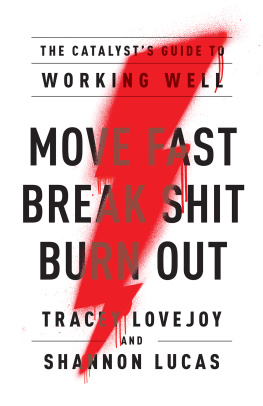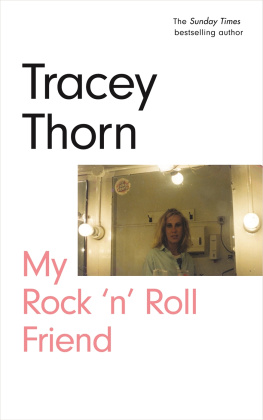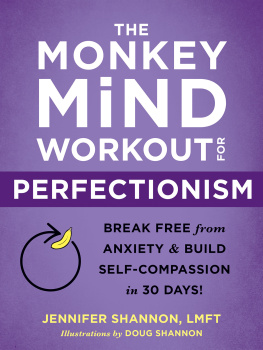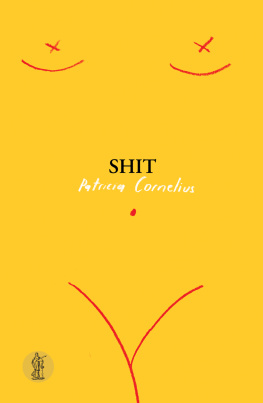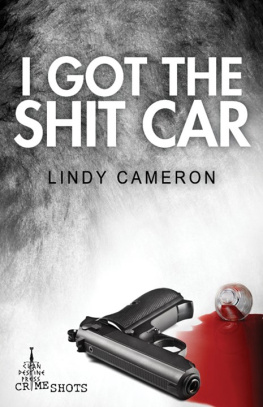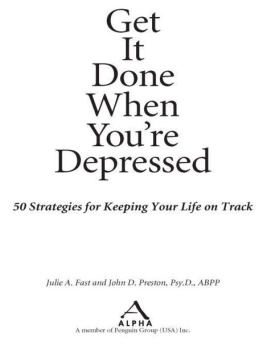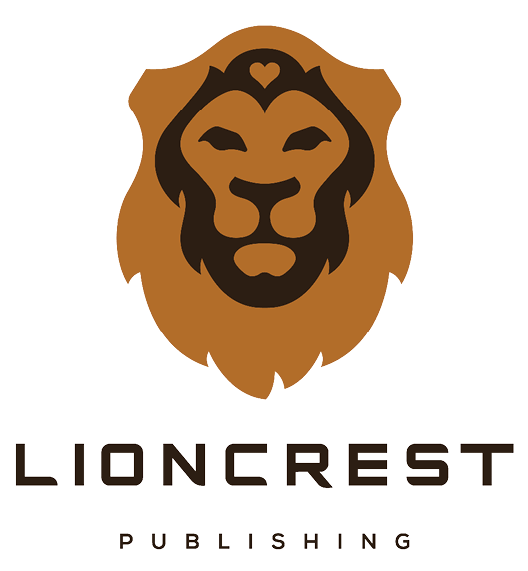All rights reserved.
GOOGLE is a registered trademark owned by Google, LLC. The author claims no right in or to the GOOGLE trademark. All copyrights, trademarks, brands, names, symbols, logos, and designs depicted in this book are the property of their respective owners. They are used for identification and reference purposes only, and do not imply endorsement or approval of this book.
To you, Catalyst, and to everyone who embraces your fire.
a person, thing, or event that quickly causes change or action.
a group of stars forming a recognizable pattern.
a movement that helps Catalyst changemakers sustain their energy so they can maximize their impact and work well.
Introduction
Innovators. Changemakers. Entrepreneurs. Intrapreneurs. Catalysts.
One of these things is not like the other.
That is to say, each of these types of people can make a whole lot of change happen in the world, but within any group of innovators, changemakers, entrepreneurs, and intrapreneurs, there is a subset of people we call Catalysts. Those who have a deep - rooted need to create positive change.
Among Catalysts, there is an unmet need to be seen and valued for who we are and how we show up in the world. We know because we feel it too.
We move so fast that we lose people. We can break shit without intentionality. And all of that can lead to burnoutfrequently.
Catalysts feel a deep sense of drive toward a better future state. We cant help but see potential change and set it in motion, wherever we are. Were energized and driven by it. Theres a speed to our action that tends to outpace the people around us, for better or worse. And we are driven to create that change whether we are starting our own thing or in an organizational contextour catalyticness is who we are.
When someone asks us what a Catalyst is, the short answer is: its a person who takes in lots of information, sees infinite possibility, and cant stop themselves from moving into action.
The longer explanation is why were writing this book.
You might have read a dozen books on innovation and change management already. We all have. Some of usCatalystsalready have an innate drive to make change. Its in our DNA. We are change.
So where are the books on how to manage ourselves ?
If youve felt this way your whole life, you arent weird or crazyand more importantly, you arent alone. Youre a Catalyst. So are we. Welcome.
Finding My People: Tracey Lovejoy
After I left my job in research, leadership, and in - house coaching at Microsoft, I decided to become a leadership consultant. At the end of a year of fearful paralysis, my own coach suggested I do research to figure out who Id most like to support. When I analyzed the patterns of my former favorite clients year over year, the data that emerged blew my mind. I typed up a frenzied, seven - page synthesis and sent it over to my very confused coach.
I tried to explainthe attributes I found didnt match any population I could think of. And I loved working with them, not just because they showed up well and were open to change, but because I could relate to them on a deeper level. The significant traits that they shared seemed to only belong to this group of peopleto usand we didnt broadly share any other backgrounds or demographics. Traits such as:
- They set audacious goals in their personal and work life.
- Many goals they set are about making positive change in the world around them.
- When they share those goals, they are scared to say them out loud. They know they were huge goals, and they cant seem to help themselves.
- By the next time we speak, they often cant remember the goals, because theyve already been integrated into their lives.
The list went on, and when I compared it to niches identified by the International Coaching Federation, there just wasnt a category for my people.
Around that time, I met with a client at the old Tullys down at the beach, and they shared a revelation: Im a Catalyst. I get things started, and I get things done.
Neon signs flashed in my head: that was it! That was the descriptor for my people.
I was eager to learn more, so I set up a few interviews with existing clients. At first, I was asking questions to help me develop my service offering, but by the second interview I realized I was hearing information that I had never heard before. During my time working in the technology field, I had read myriad books on the process of innovation. But now I was hearing about the skills, pain and patterns of stumbling blocks of the people driving innovation in a richness I had not yet encountered. That led me to launch a series of in - depth qualitative interviews across 2016 that took me on a journey of discovery.
And while the data collection itself was a journey of expectation, emotion, and new realizations, as soon as I started posting about my findings, more people reached out. They told me they felt as if I were talking directly to them. As if I saw them as no one else had. As if I were helping them make sense of their experiences in a way they had never experienced before. I heard even more stories of pain and lonelinessof having always felt weird, and of how empowering the research felt for them.
We still hear this kind of feedback, over and over, to this day.
In addition to primary research, I dug into existing literature to see what existed for me and this group of likeminded people Id found. I was particularly interested in how many Catalysts there might be to have quantitative data to correlate to my growing qualitative data. Two pieces that were foundational for me were Leadership Agility (Joiner and Josephs, 2006) which discusses categories of leaders that have mastered the level of agility needed to be consistently effective and avoid burnout in todays turbulent global workplace (including one category they label Catalystsit was great to see others drawn to that word as well), and 2015 research by eg.1 consultancy in the UK that identified corporate employees they call Game Changers.
Using these as a proxy, we estimate Catalysts to be somewhere between 5 and 11 percent of the workforce. Looking across the research and my career to that point, the numbers felt rightperhaps even more optimistically than what Id experienced. At Microsoft, many people had positive intent toward innovation but still pushed hard against change. Even among a world - renowned group of techies and intrapreneurs, I could look back and see that Catalysts were a small percentage of that pool.
They were the ones who thrived on discussions around change, even when they realized we couldnt manifest them all. They were the ones who saw possibility as a form of play, rather than getting annoyed or overwhelmed. I had been drawn to those peoplemy peopleeven then.

